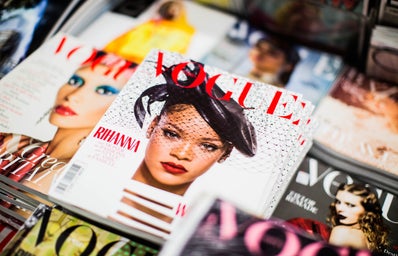Fashion is more than just an expression of personal style; it plays an essential role in shaping
and reflecting the dynamics of popular culture movements. From the rebellious aesthetics of
punk to the casual vibe of streetwear, fashion has consistently influenced societal attitudes and
forged community identities. Fashion has become a powerful medium for individuals to
articulate their beliefs, challenge societal norms, and make impactful statements. This article
explores the relationship between fashion and pop culture, examining how style has served as a
catalyst for social change and cultural dialogue.
The 1970s were a decade marked by significant political, social, and cultural upheaval, which
set the stage for the emergence of the punk movement. Punk is a movement that gained
momentum in the mid 70s, as a result of some people growing tired of mainstream trends. The
punk subculture emphasizes individual freedom, non-conformism, and anti-authoritarianism,
with anti-corporate and anti-consumerist values. Fashion played (and still plays) a large role in
punk and is used to highlight the values of the movement. The fashion in punk is diverse, and
emphasizes DIY customization as rejection of mass produced conformity. Leather, rubber,
fetish wear, body modifications and brightly coloured hair are also popular for their shock value.
The movement challenges gender norms, normalizing cross-dressing and androgyny. By
embracing these bold and unconventional styles, punk makes a powerful statement against the
status quo, and laid the groundwork for future generations to explore their identities and
challenge social norms through fashion.
Another group of people that used fashion to promote their values was the suffragettes. They
understood the power of appearance and used fashion to avoid being dismissed as eccentric or
masculine. The suffragettes emphasized dressing elegantly to align with societal expectations,
while advancing their political cause. The Women’s Social and Political Union’s (WSPU) brand
identity included the colors purple, white and green, symbolizing loyalty, purity, and hope. These
colours were worn proudly at major events like the 1908 women’s Sunday rally in Hyde Park,
where 300,000 attendees displayed these colors on their clothes and accessories to display
unity and purpose.
More recent examples of fashion being used to make powerful statements include the Pink
Pussyhat Movement in 2017, where protestors wore pink “pussyhats” during a march to show
solidarity and resistance against misogyny, the 2018 Golden Globe Awards, where celebrities
wore all black to show support for the Me Too movement, and the rise of thrifting to promote
sustainable fashion, among others.
In conclusion, fashion has long been intertwined with cultural movements, serving as a visual
language for change, resistance and unity. Clothing has allowed individuals and groups to
communicate their values and challenge societal norms. Modern movements continue to use
fashion as a tool to promote causes such as gender equality, environmental sustainability, and human rights. As an ever-evolving tool, fashion remains a potent means of expressing identity
and influencing cultural dialogue.
Refrences
Anon (2023). ‘The Punk Movement: Rebellion and Subversion in Fashion.’ Fashion & Law
Journal.
Blackman, Cally (2017). Stylist [online]. Available: How the suffragettes used fashion to further
their cause (stylist.co.uk)


